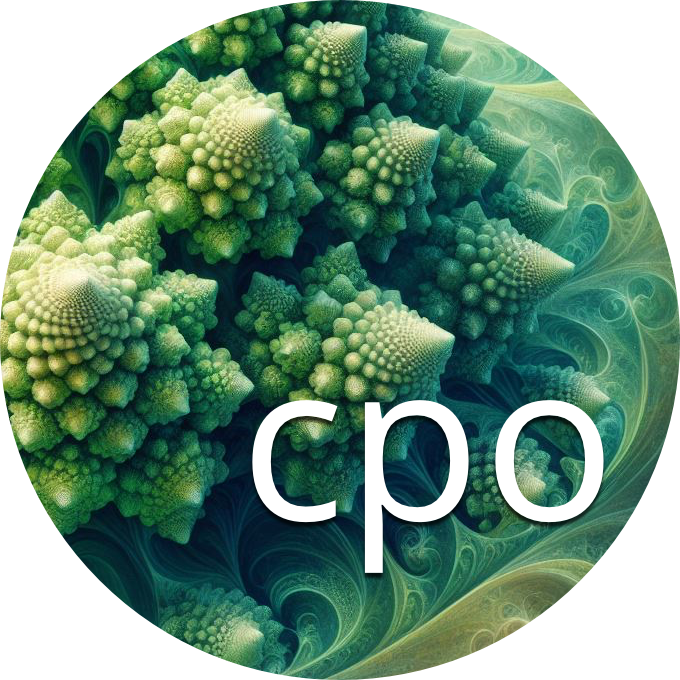Spiritualist Writing Machines: Telegraphy, Typtology, Typewriting
Abstract
This paper examines how religious concepts both reflected and informed the development of new technologies for encoding, transmitting, and printing written information. While many spiritualist writing machines were based on existing technologies that were repurposed for spirit communication, others prefigured or even inspired more advanced technological innovations. The history of spiritualist writing machines thus not only represents a response to the rise of new media technologies in the nineteenth century, but it also reflects a set of cultural demands that helped to shape the development of new technologies, such as the need to replace handwriting with discrete, uniform lettering, which accelerated the speed of composition; the need to translate written information into codes, which could be transmitted across vast distances; and the need to automate the process of transmitting, translating, and transcribing written information, which seemed to endow the machines themselves with a certain degree of autonomy or even intelligence. While spiritualists and inventors were often (but not always) motivated by different goals, the development of spiritualist writing machines and the development of technological writing machines were nevertheless deeply interrelated and interdependent.
Note: Download statistics restarted from zero effective January 1, 2024. Please follow this link to see cumulative download statistics from our previous publishing platform: CPO Download Statistics 2012 - 2023
Keywords: spiritualism, religion, technology, media
How to Cite:
Enns, A., (2015) “Spiritualist Writing Machines: Telegraphy, Typtology, Typewriting”, communication +1 4(1). doi: https://doi.org/10.7275/R5M61H51
Downloads:
Download PDF
View PDF
1519 Views
279 Downloads
